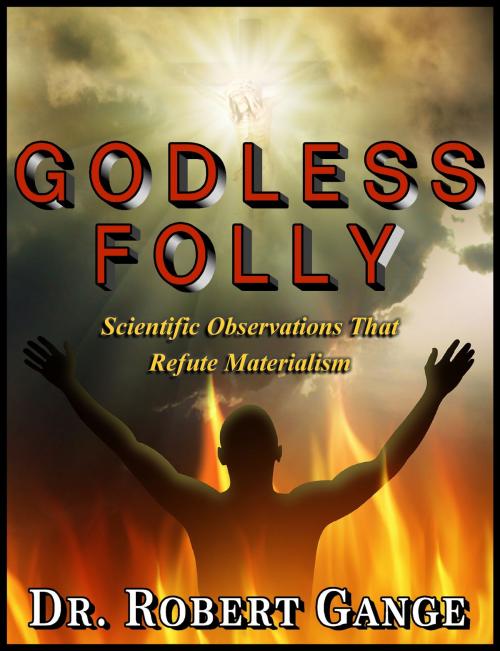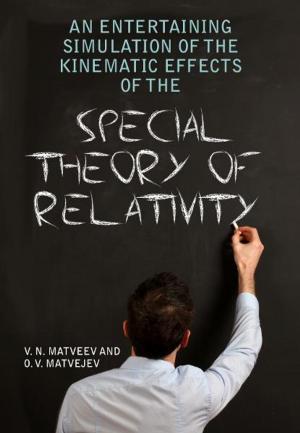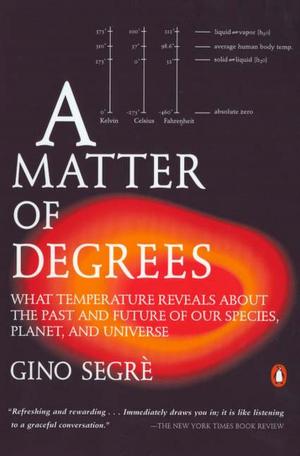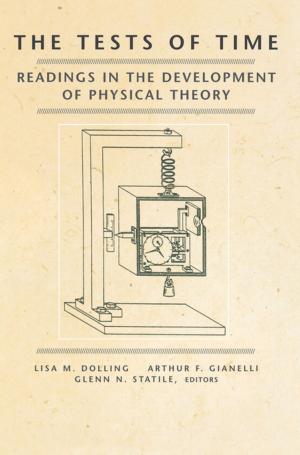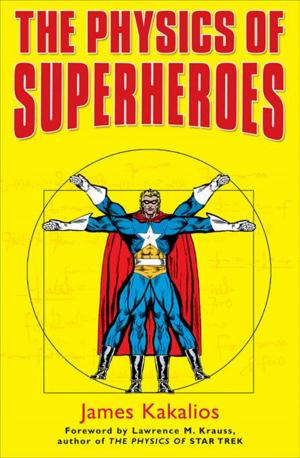Godless Folly: Scientific observations that refute materialism
Nonfiction, Science & Nature, Science, Physics, General Physics| Author: | Dr. Robert Gange | ISBN: | 9781301129850 |
| Publisher: | Dr. Robert Gange | Publication: | May 4, 2013 |
| Imprint: | Smashwords Edition | Language: | English |
| Author: | Dr. Robert Gange |
| ISBN: | 9781301129850 |
| Publisher: | Dr. Robert Gange |
| Publication: | May 4, 2013 |
| Imprint: | Smashwords Edition |
| Language: | English |
Godless Folly:
Scientific observations that refute materialism
Godless Folly applies scientific observations to refute the widely held belief that 'all that exists is physical matter and its motion'. The book opens with a prologue which introduces two world views: theism and materialism.
A preface next follows providing a context for the subject at hand, and which outlines the importance of the issues involved. Specifically it addresses the deepest inquiry that has ever been voiced in 9000 years of human record. It probes the question of our existence.
The opening two chapters describe the unique relationship of human life to the entire universe through the portal of the carbon atom. Three independent albeit remarkable interactions within stars across the universe are shown to enable human life to exist. These results are broadened to elucidate 'the Anthropic Cosmological Principle.'
The third chapter is a discourse on existence, and a prelude to the seven chapters which follow. Observations are presented from classical science and quantum physics that are shown to be discordant with widely held materialistic views, yet are found to be consonant with theistic beliefs i.e. all that exists is Intelligence and what it holds in being.
The technical concepts necessary to an understanding of the issues involved here are simplified in a way that speaks to the widest possible audience. Well over a dozen issues are cited, applied and discussed. Chapter 11 summarizes each of the issues, and illustrates how materialism leads to inharmonious outcomes which are absent in theism.
The closing four chapters examine the application of these issues to the existence of the human soul. The discourse includes the 'observer' in quantum physics, the abrupt weight-loss reported at the time of human death, and the 'soul' distinction between human and animal life. Also discussed are the implications of the 'Near Death Experience' and the origin of human consciousness.
Godless Folly is supported by 3 tables, 5 appendices and about 40 references.
Godless Folly:
Scientific observations that refute materialism
Godless Folly applies scientific observations to refute the widely held belief that 'all that exists is physical matter and its motion'. The book opens with a prologue which introduces two world views: theism and materialism.
A preface next follows providing a context for the subject at hand, and which outlines the importance of the issues involved. Specifically it addresses the deepest inquiry that has ever been voiced in 9000 years of human record. It probes the question of our existence.
The opening two chapters describe the unique relationship of human life to the entire universe through the portal of the carbon atom. Three independent albeit remarkable interactions within stars across the universe are shown to enable human life to exist. These results are broadened to elucidate 'the Anthropic Cosmological Principle.'
The third chapter is a discourse on existence, and a prelude to the seven chapters which follow. Observations are presented from classical science and quantum physics that are shown to be discordant with widely held materialistic views, yet are found to be consonant with theistic beliefs i.e. all that exists is Intelligence and what it holds in being.
The technical concepts necessary to an understanding of the issues involved here are simplified in a way that speaks to the widest possible audience. Well over a dozen issues are cited, applied and discussed. Chapter 11 summarizes each of the issues, and illustrates how materialism leads to inharmonious outcomes which are absent in theism.
The closing four chapters examine the application of these issues to the existence of the human soul. The discourse includes the 'observer' in quantum physics, the abrupt weight-loss reported at the time of human death, and the 'soul' distinction between human and animal life. Also discussed are the implications of the 'Near Death Experience' and the origin of human consciousness.
Godless Folly is supported by 3 tables, 5 appendices and about 40 references.
